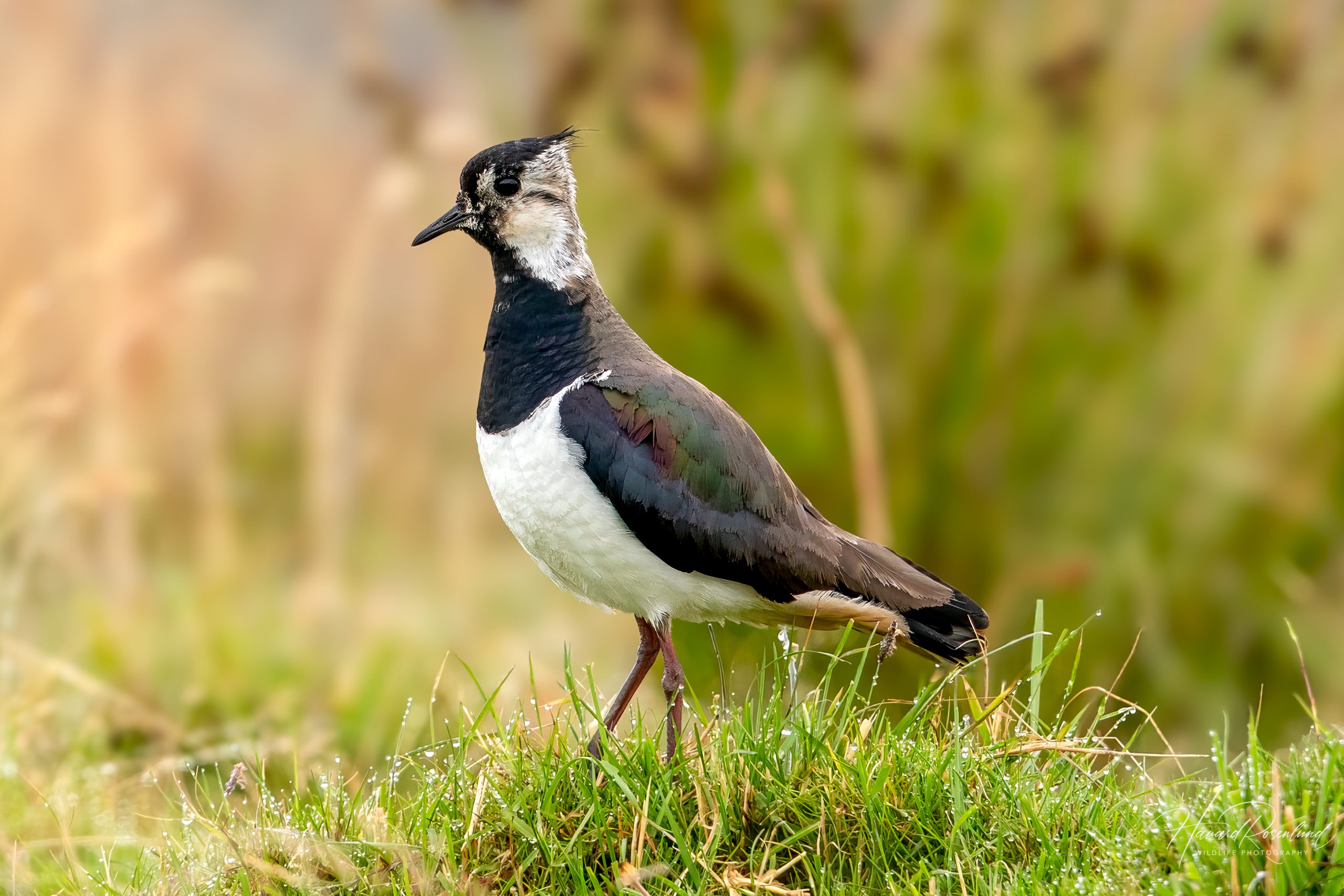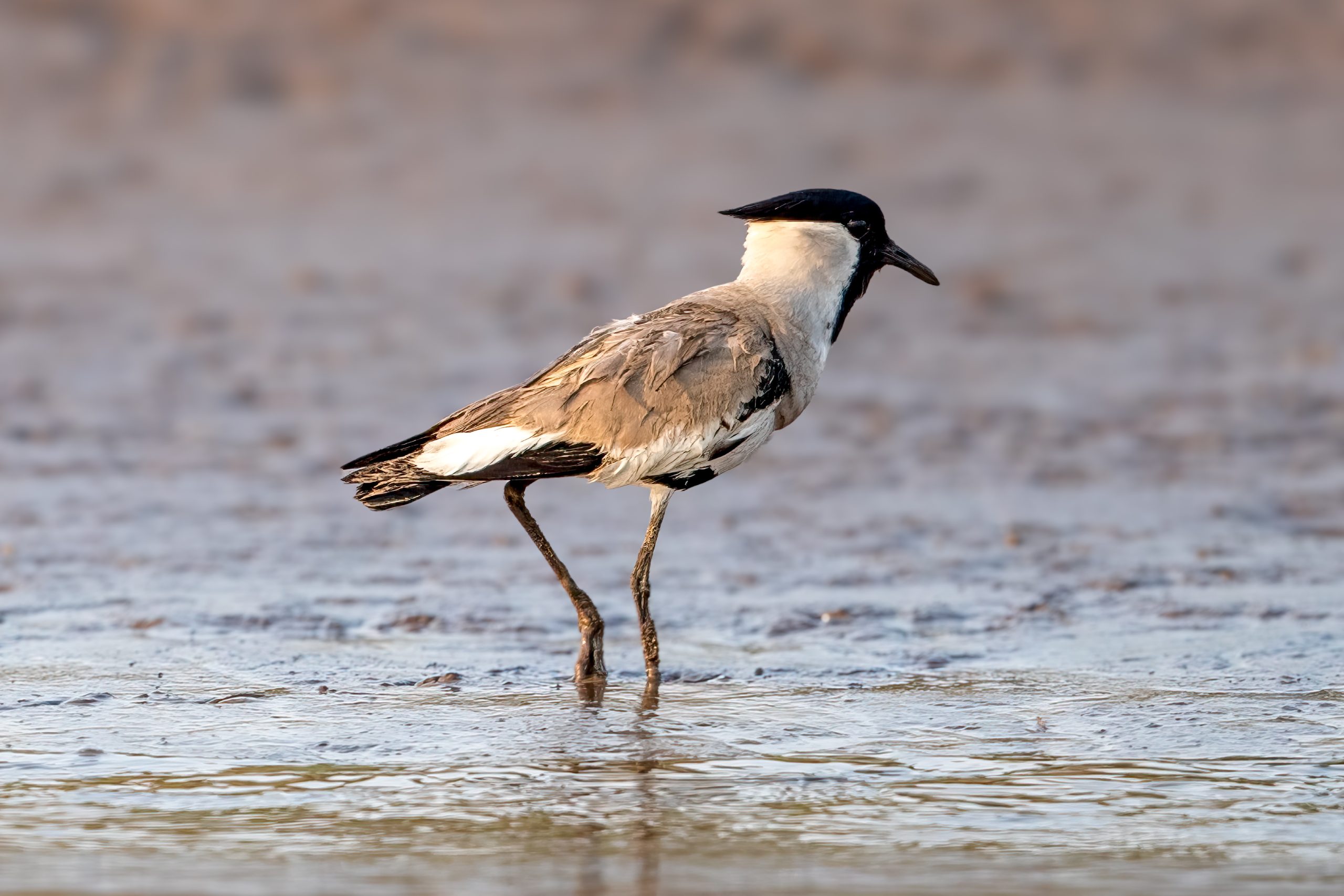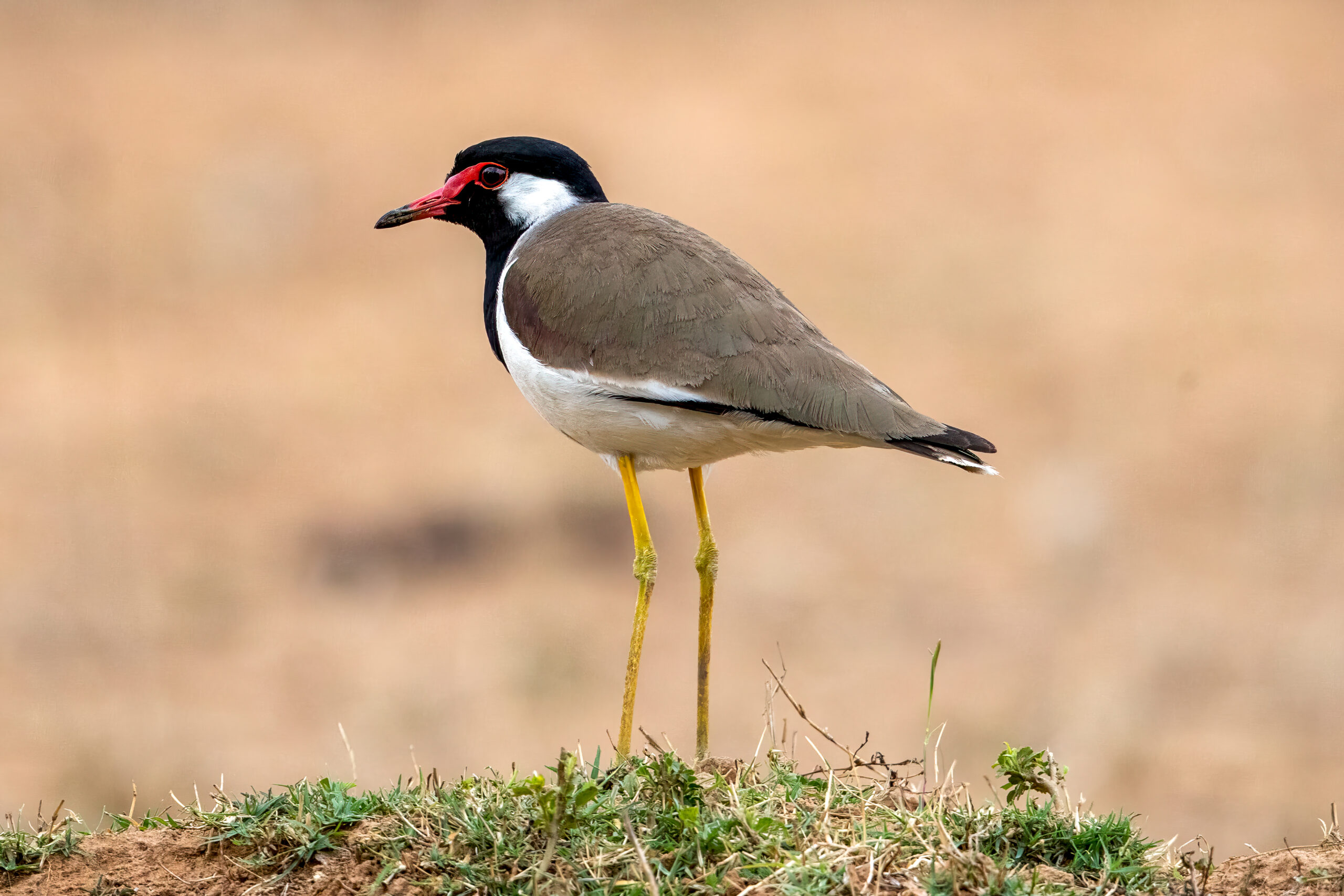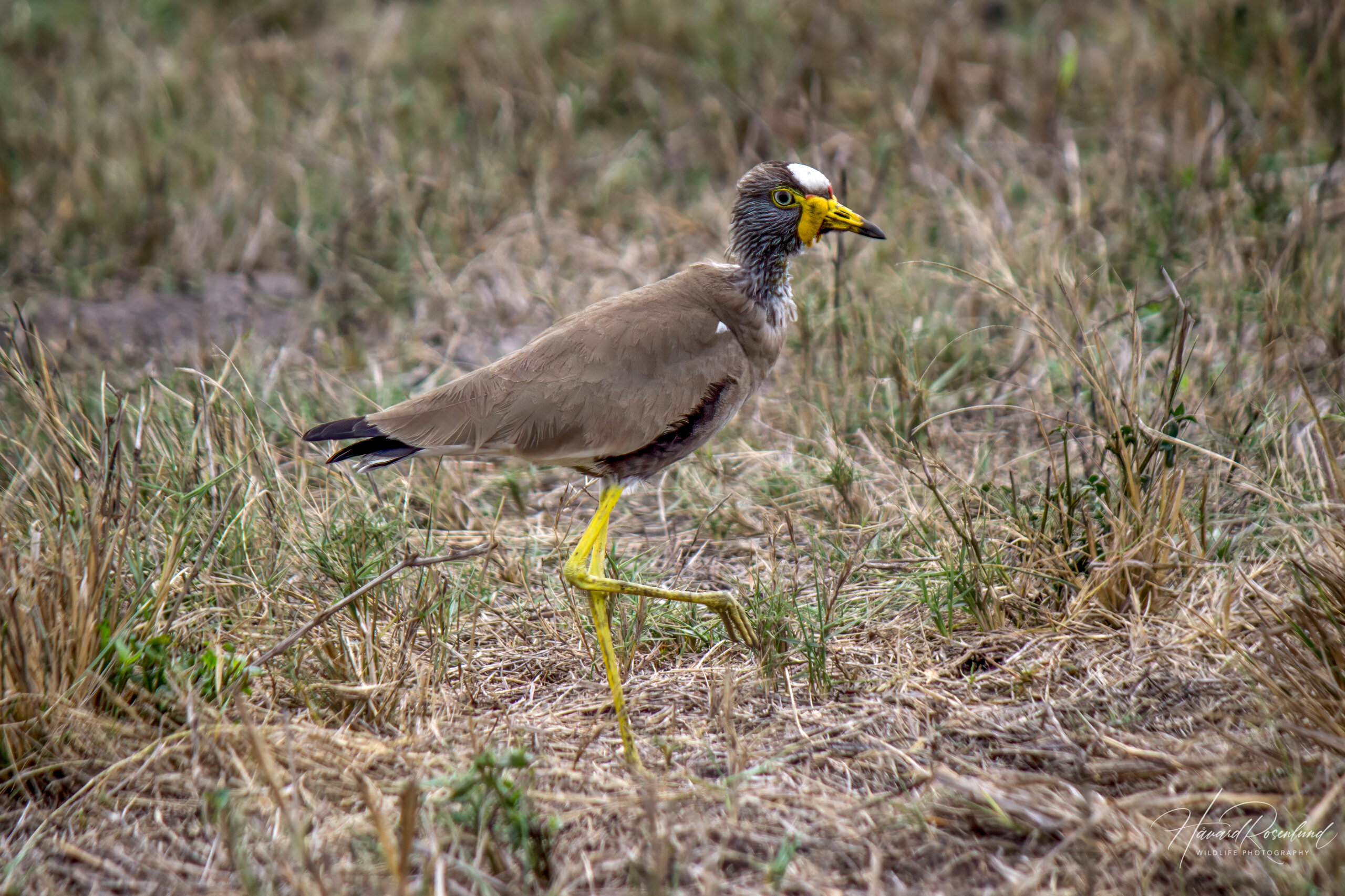Description
The northern lapwing (Vanellus vanellus) is a distinctive and charismatic bird found across much of Europe, Asia, and in parts of northern Africa. This species is about 28-31 cm (11-12 in) in length with a wingspan of 82-87 cm (32-34 in). It is recognized by its striking plumage, featuring a metallic green back, black-and-white face, and a conspicuous crest on its head. The underparts are white, while the breast is black, blending into a patchwork of colors that shimmer in the light. Its iridescent upperparts and broad, rounded wings distinguish it from other species of lapwings. The northern lapwing’s vocalizations include a variety of whistles, trills, and a characteristic “peewit” call.
Diet & habitat
The northern lapwing thrives in a variety of habitats including wetlands, farmland, and grasslands. It prefers open landscapes where it can forage on the ground. The diet of this bird is predominantly composed of invertebrates such as insects, worms, and spiders, which it picks from the surface or probes for in soft soil. During the non-breeding season, they may also consume seeds and grains, often frequenting agricultural fields for this purpose. Lapwings forage by walking briskly and pecking at the ground or employing a method known as “foot-trembling,” where they rapidly shake one foot on the ground to disturb and expose prey.
Migration
The northern lapwing exhibits partial migratory behavior. Populations breeding in northern Europe and Asia migrate southwards to escape the harsh winter conditions, traveling to southern Europe, North Africa, parts of the Middle East and southern Asia. Migration typically occurs from September to November, with birds returning to their breeding grounds between February and April. Some populations, particularly those in milder regions, may remain resident year-round if conditions permit. The migration distance can vary widely, from a few hundred kilometers to over a thousand, depending on the location of the breeding and wintering grounds.
Nesting
Breeding occurs from April to July, with lapwings nesting on the ground in open areas. They create a simple scrape in the ground, often lined with bits of vegetation. The female typically lays 3-4 eggs, which are olive-brown with dark blotches, providing excellent camouflage. Both parents share incubation duties, which last around 24-29 days.
After hatching, the chicks are precocial and can leave the nest soon after drying off. They are capable of feeding themselves almost immediately but remain under the protection and guidance of their parents. Fledging occurs about 35-40 days after hatching, during which time the chicks develop their flight feathers and learn essential survival skills.
The northern lapwing’s aerial displays during breeding season are a spectacular sight, involving steep dives, rolls, and swoops, often accompanied by a series of calls. These displays are not only a part of their courtship rituals but also serve to deter predators from their nesting sites. Additionally, lapwings have been known to engage in aggressive behaviors towards intruders, including mobbing larger birds and even mammals that come too close to their nests.
Status
The northern lapwing is currently classified as near threatened by the IUCN Red List. The species has experienced significant population declines due to habitat loss, changes in agricultural practices, and the drainage of wetlands. Conservation efforts are focused on preserving and restoring suitable habitats, as well as implementing agricultural practices that are more wildlife-friendly.







